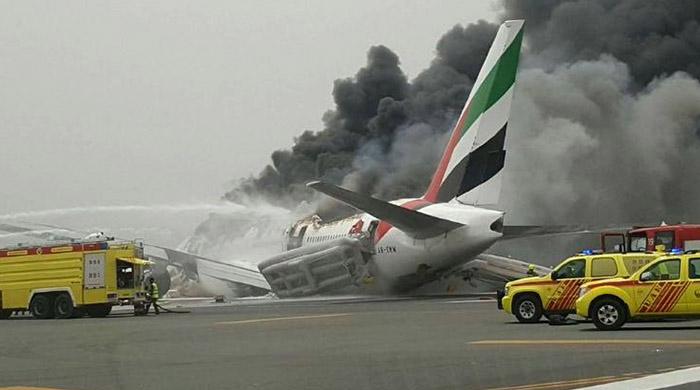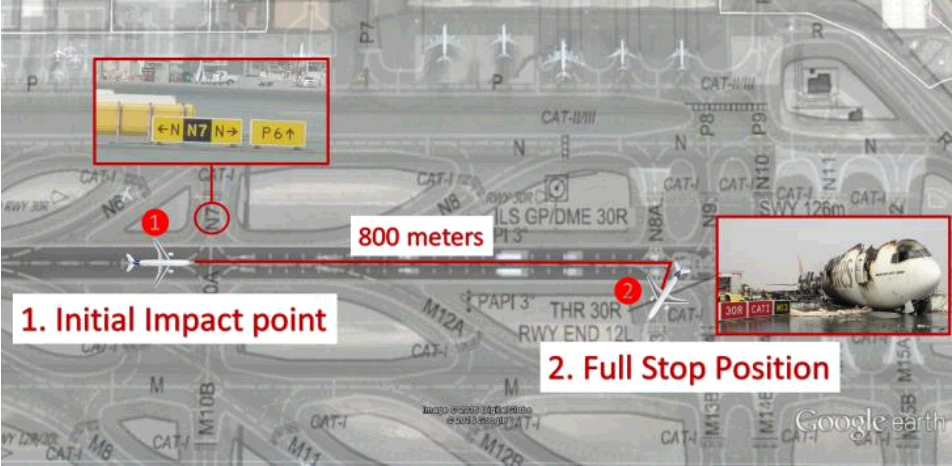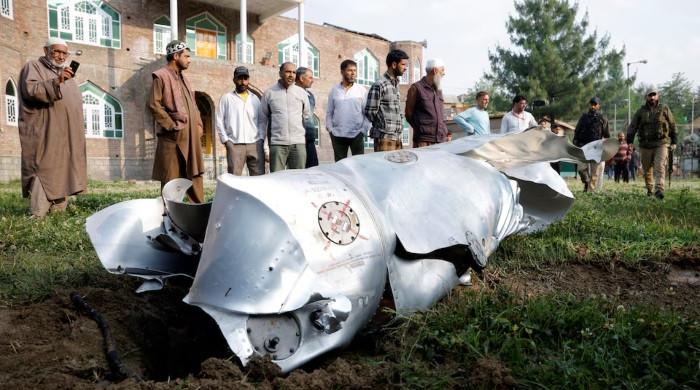Wind shear possible cause of Emirate's crash - preliminary report
DUBAI: A preliminary report issued on Tuesday regarding an Emirates Boeing 777 crash-landing at Dubai airport said the aircraft was attempting to take off again following an aborted landing...
September 07, 2016

DUBAI: A preliminary report issued on Tuesday regarding an Emirates Boeing 777 crash-landing at Dubai airport said the aircraft was attempting to take off again following an aborted landing during wind shear.
The 28-page report claims the aircraft attempted to take off again after a failed landing and retracted its landing gear, however due to wind shear the aircraft slammed onto the runway at over 230 kilometers per hour.
The crash was the most serious incident in the airline's history.
All passengers and crew were evacuated safely after the airliner caught fire following the crash-landing, but one firefighter was killed.
During final approach and at touchdown, the wind direction changed, resulting in an automated "Long Landing, Long Landing" aural warning to the flight crew who decided to go around and approach again, the report said.
Clearance to do so was given by the control tower, and this was acknowledged, AFP reported.
"The aircraft became airborne in an attempt to go-around and was subjected to a headwind component until impact," the preliminary report said.
The twin-engine jet slid for some 800 metres (yards) after hitting the ground, the report said.

Aricraft initial impact and final position - Investigation Report
"Twenty-one passengers, one flight crew member, and one cabin crew member sustained minor injuries, and a second cabin crew member sustained a serious injury," the preliminary report said.
Emirates Airline said that there were 282 passengers and 18 crew members on board, including 226 Indians, 24 Britons and 11 Emirati nationals.
Dubai International airport is the world´s largest air hub in terms of international passengers, and is the base for Emirates, from where it serves more than 153 destinations.
What is wind shear?
Wind shear is when the wind speed or direction changes with respect to altitude.
Wind shear can also refer to a rapid change in winds over a short horizontal distance experienced by aircraft, conditions that can cause a rapid change in lift, and thus the altitude, of the aircraft.









